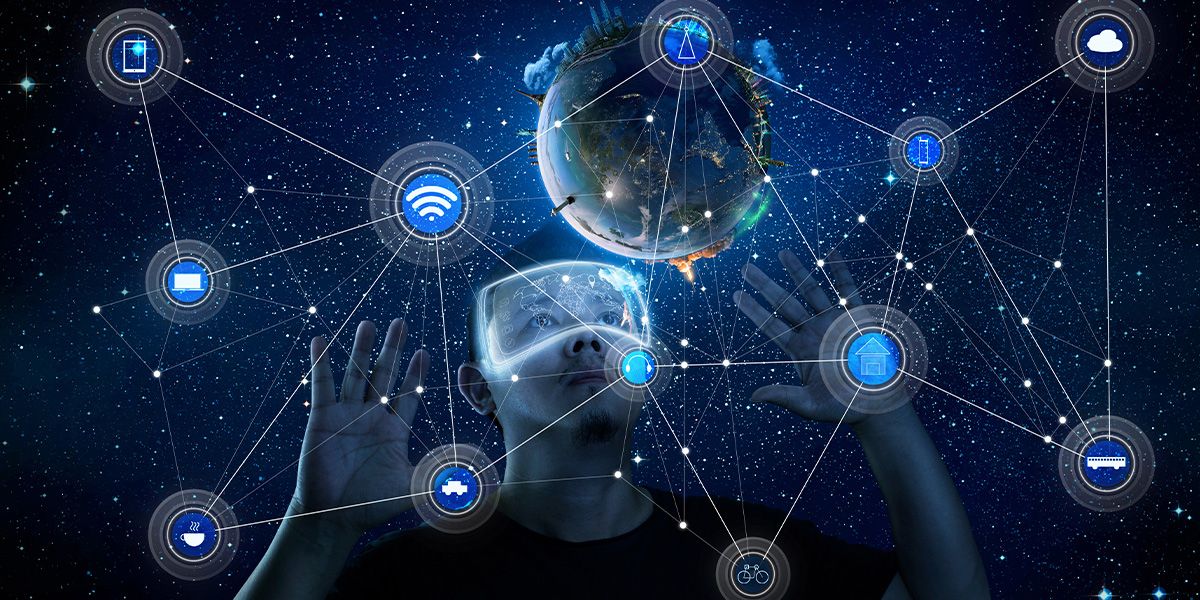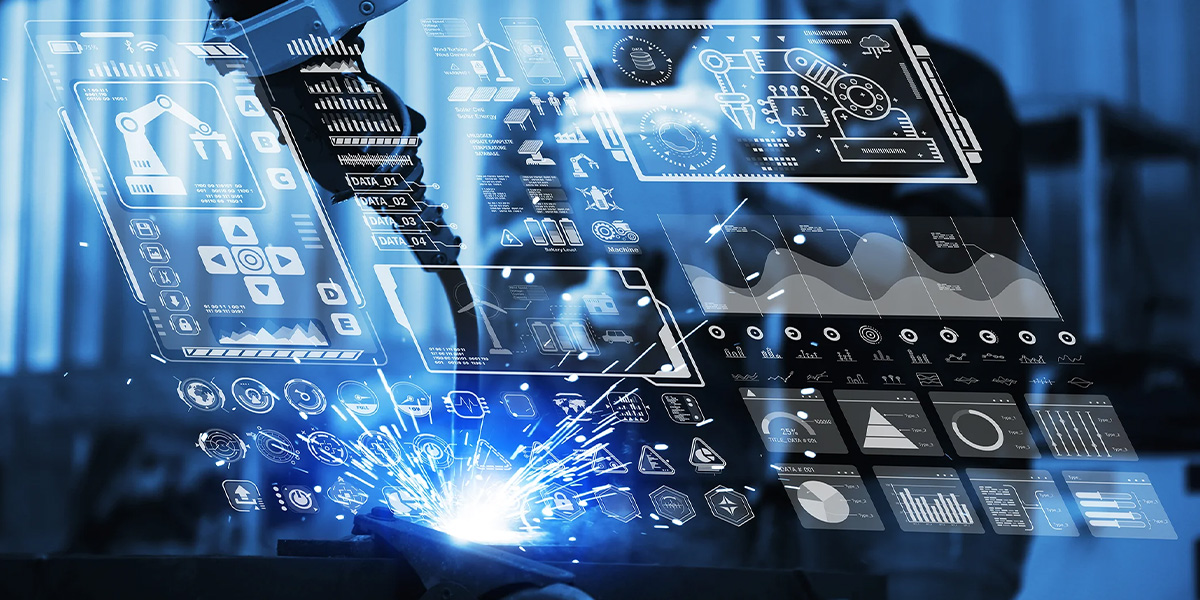
From Cloud to Edge: The Future of AI-Powered Smart Devices
In recent years, Edge AI has emerged as a revolutionary force in the evolution of smart devices. Traditionally, most artificial intelligence (AI) computations were carried out in the cloud, requiring constant internet connectivity and raising concerns around latency, privacy, and data security. Today, however, smart devices are becoming increasingly independent thanks to Edge AI, which allows AI models to run locally on the device itself.
What is Edge AI?
Edge AI refers to the deployment of AI algorithms on hardware devices (such as smartphones, cameras, wearables, or IoT sensors) that operate at the edge of the network—meaning they process data directly on the device rather than relying on cloud servers. This shift is made possible by advances in specialized AI chips (e.g., Apple Neural Engine, Google’s Edge TPU, Qualcomm AI processors), as well as lightweight, efficient AI models optimized for limited computing environments.
Benefits of Local Computing
One of the most significant advantages of Edge AI is low latency. For time-sensitive tasks like facial recognition, autonomous driving, or gesture detection, even milliseconds of delay can be critical. Edge AI processes data in real time, enabling faster responses and smoother user experiences.
Another major benefit is data privacy. In Edge AI, sensitive information such as personal health metrics, voice commands, or location data—does not need to be sent to the cloud for processing. This reduces the risk of data breaches and gives users more control over their personal information.
Moreover, Edge AI reduces bandwidth usage and energy consumption. In scenarios with limited or unreliable internet connectivity (e.g., rural areas, industrial environments), devices can still function independently and reliably.

Real-World Applications
Edge AI is already transforming everyday devices. In smartphones, it enables features like real-time language translation, on-device photo enhancement, and intelligent voice assistants that work offline. In smart homes, it powers security cameras that can detect movement or identify faces locally. In healthcare, wearable devices can now monitor heart rate anomalies and alert users instantly—without relying on cloud processing.
Industries such as manufacturing, agriculture, and logistics also benefit from Edge AI. For example, smart sensors on factory equipment can predict failures before they happen, and drones can analyze crop conditions in real time.
Challenges and the Road Ahead
Despite its promise, Edge AI also faces challenges. Limited processing power, heat generation, and storage constraints make it difficult to run large, complex models on small devices. However, innovations in model compression, quantization, and hardware acceleration are rapidly addressing these issues.
As AI continues to evolve, the future is clearly moving toward decentralized intelligence where devices think, learn, and act autonomously. Edge AI is at the heart of this transformation, paving the way for faster, safer, and smarter technology.
Conclusion
Edge AI is redefining how smart devices interact with the world. By bringing intelligence closer to the source of data, it enables real-time performance, enhances privacy, and ensures continuous functionality regardless of connectivity. As the technology matures, local computing will no longer be a trend but a necessity in the AI-driven future.

